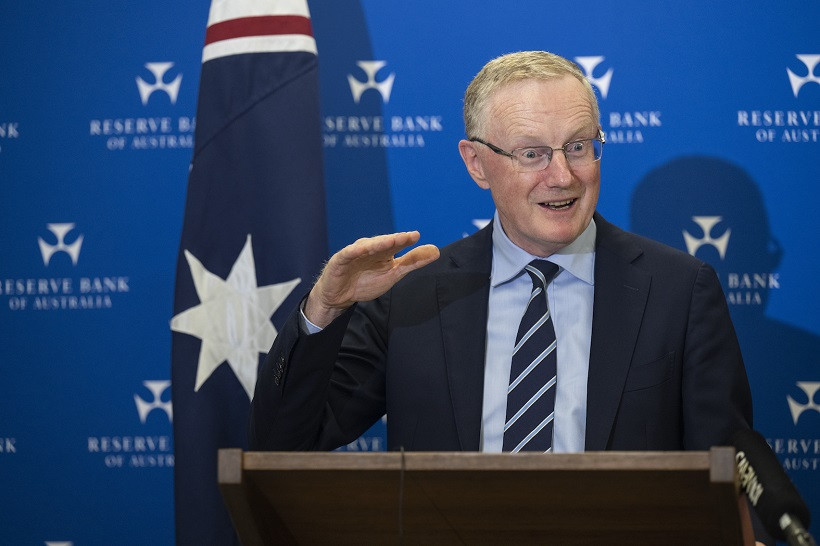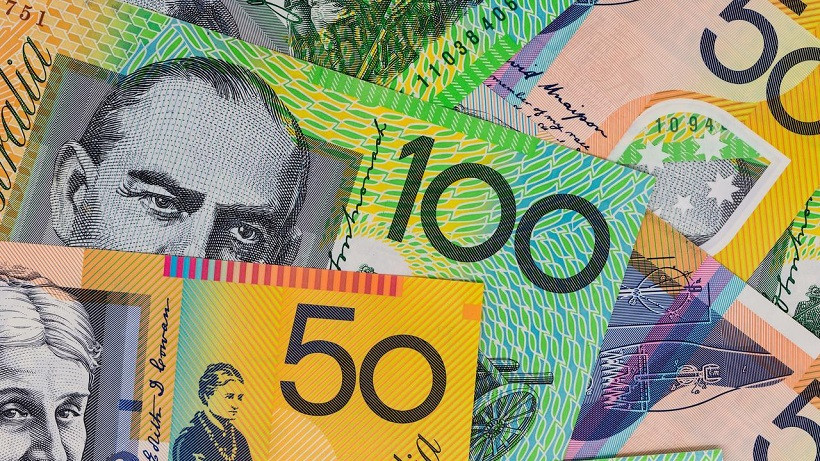The Reserve Bank of Australia (RBA) announced the results of its July meeting today. The results fully coincided with the forecasts of most experts: the regulator raised the interest rate by 50 basis points, that is, up to 1.35%. Despite such a hawkish decision, the Australian dollar reacted stolidly to this fact—primarily since the central bank implemented the base, widely expected scenario, which was already taken into account in prices. While the rhetoric of the RBA's accompanying statement, as well as Philip Lowe's comments, disappointed with their neutral tone.
Amid the rising inflation indicators, AUD/USD traders expected more: at least at previous meetings, the head of the central bank voiced more militant statements, signaling the aggressive pace of monetary tightening. Therefore, after a short-term upward surge to the borders of the 69th figure, the Aussie began to actively decline and is currently beating the thresholds of the 67th price level.
Undoubtedly, the main driving force behind the decline in AUD/USD is the US dollar, which is strengthening its positions throughout the market today. But the Aussie also contributed by reacting negatively to the very cautious theses of the final RBA communique. In an accompanying statement, the central bank said medium-term inflation expectations remain "strongly contained." In this context, the regulator emphasized that the scope and timing of future rate hikes "will depend on incoming data."
Lowe generally repeated the main messages of the accompanying statement. According to him, inflation in Australia is "high, but not as high as in many other countries of the world," so the pace of monetary tightening will be determined by "incoming data and assessment of inflation and labor market prospects."
In other words, the head of the RBA once again outlined the hawkish course of the central bank, but this time his rhetoric was more cautious and vague. As a result of the July meeting, the probability of a 50-point increase in August decreased, the pace of monetary policy tightening will likely slow down in the second half of the year. Lowe himself, in a recent interview, said that there is a narrow line between optimal tightening, sufficient to control inflation, and "too strong," which will plunge the Australian economy into recession. The RBA is now trying to find the notorious golden mean.
Thus, the Australian dollar today did not receive support from the RBA, despite the 50-point rate hike. The AUD/USD pair demonstrates a downward trend, approaching the support level of 0.6750 (the lower line of the Bollinger Bands indicator on the D1 timeframe). Overcoming this target will allow the bears to go to the bottom of the 67th figure with subsequent testing of the main price line at 0.6700.

The pair was also pressured by news from China, where an outbreak of coronavirus was again recorded. About 700,000 residents have been quarantined in Anhui province, and public transport has been suspended, Reuters reported. Anhui accounts for the majority of new infections in China. In the country as a whole, there is also an increase in the number of infections: the day before, the National Health Commission reported that 473 new cases of COVID-19 were registered in mainland China. For comparison, it can be noted that a day earlier, 268 new cases were registered. Given the current policy of "zero tolerance" for Covid, it can be assumed that China will again be covered by a wave of lockdowns.
In the end, the AUD/USD pair is declining due to the overall strengthening of the greenback. After a long three-day weekend, the US currency began to gain momentum throughout the market. The US dollar index reached 20-year highs amid growing anti-risk sentiment and increased hawkish sentiment from the Fed. Last week, several Fed representatives (Mester, Williams, Bowman, Kashkari) came out in favor of a 75-point rate hike in July. And while Fed Chairman Jerome Powell is still teetering on the issue (between a 50-point and 75-point increase), the pendulum seems to be swinging in the direction of a more hawkish scenario. At least the US dollar is now in high demand, also due to this fundamental factor.
All this suggests that short positions on the pair are still relevant. Any corrective upward pullbacks should be used as a reason to enter sales. From a technical point of view, the AUD/USD pair is between the middle and lower lines of the Bollinger Bands indicator and under all the lines of the Ichimoku indicator on the D1 timeframe, demonstrating the bearish Parade of Lines signal. All these technical signals also indicate the priority of the downward movement. The first, and, so far, the main target of the downward trend, is located on the lower line of the Bollinger Bands indicator—0.6750.
























